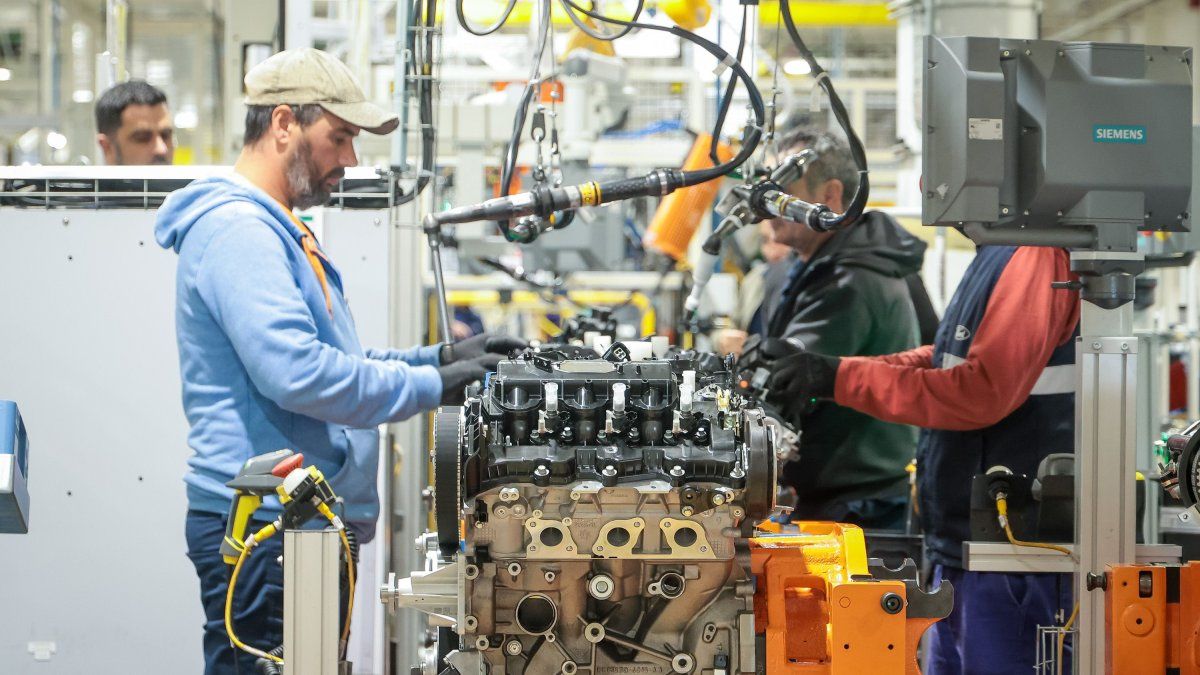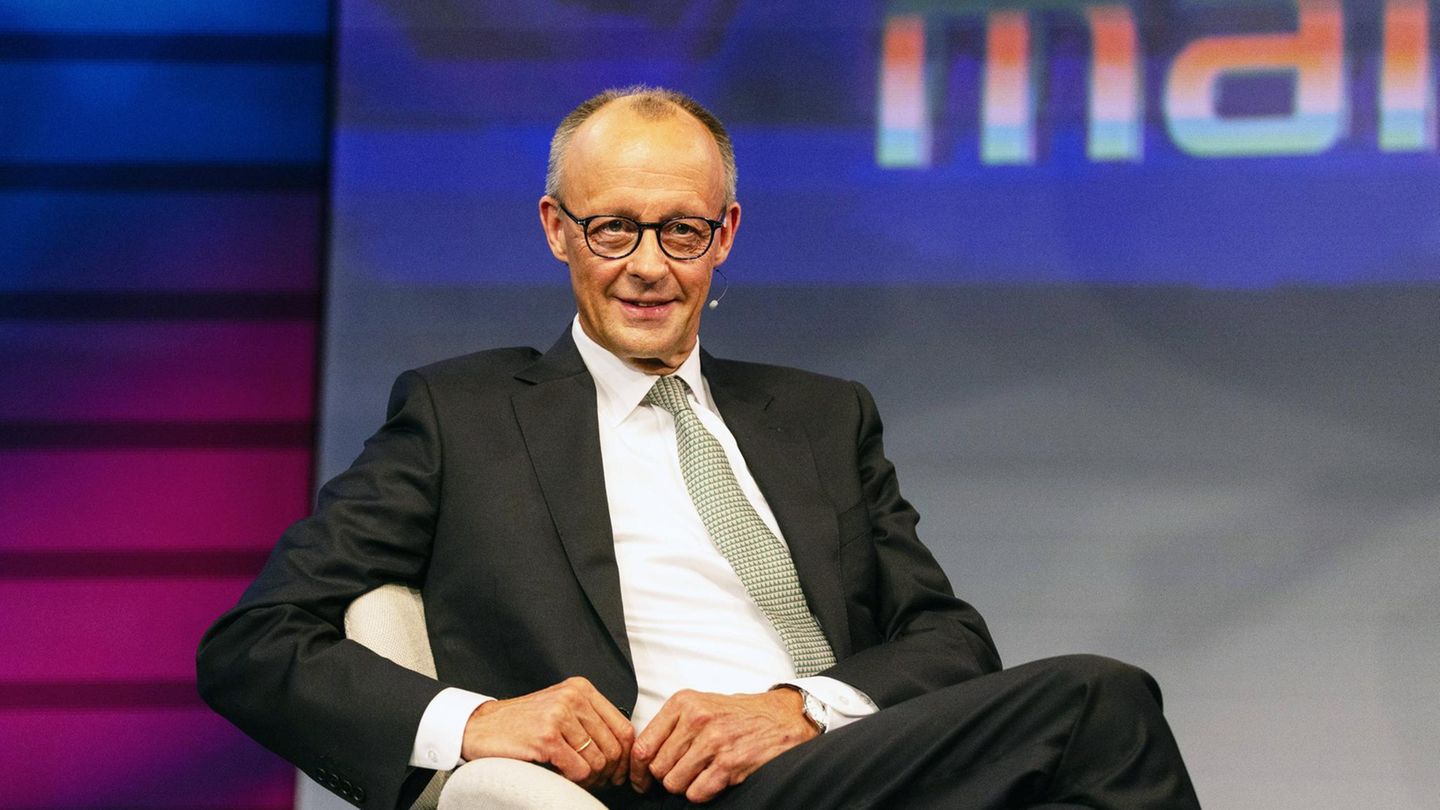Although for the third consecutive month the indicator was above 60%, it still has not managed to exceed the levels of the pre-Milei era.
The industry used 63.2% of its installed capacity in October. It was about the 20th consecutive year-on-year dropalthough in monthly terms there was a slight improvement.
The content you want to access is exclusive to subscribers.
In October 2023 the sector had operated at 65.3% of its maximum potential. In December, with the assumption of Javier Milei as president, the indicator collapsed towards the 50% area; and Only in August did it exceed 60% again.


Compared to a year ago, the largest landslides were observed in basic metal industriesnon-metallic mineral products and textile products. Regarding basic metal industries, it is worth highlighting that, according to data from the Argentine Steel Chamber, in October crude steel production presented a year-on-year drop of 21.6%.
In the case of non-metallic mineralsthe reasons for the decline were linked to lower levels of manufacturing of cement, glass, ceramic sanitary articles, granite and limestone mosaics, and plasterboard. It is worth mentioning that, according to data from the IPI manufacturing, cement production presented a year-on-year drop of 20.7% in October. Likewise, according to the Synthetic Indicator of Construction Activity (ISAC), construction activity decreased 24.5%.
In absolute terms, they were textiles (47.8%), rubber and plastic products (48.9%) and tobacco (48.9%). In rubber and plastic, the lower levels of manufacturing of plastic manufactures and tires stood out.
Source: Ambito




